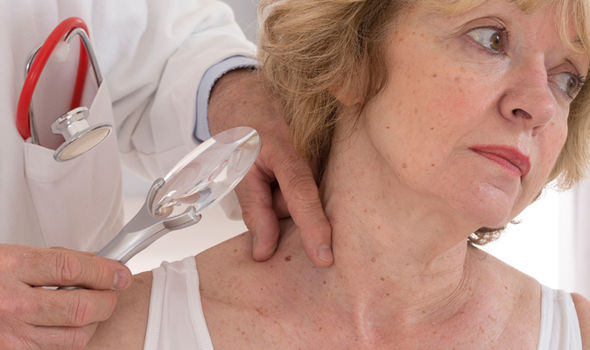Skin cancer is one of the most common types of cancer globally. It occurs when skin cells are damaged, for instance, by ultraviolet radiation from the sun or tanning beds. There are different types of skin cancer, each with distinct characteristics and treatment options. In this article, we will explore the different types of skin cancer and how to treat them.
Basal Cell Carcinoma
Basal cell carcinoma is the most common type of skin cancer. It often appears as a waxy bump on the skin, frequently on the face, neck, or ears. This type of cancer grows slowly and rarely spreads to other parts of the body. However, if left untreated, it can invade nearby tissues and cause disfigurement.
Treatment for basal cell carcinoma may include surgical removal, radiation therapy, and topical medications. Your dermatologist will determine the best treatment option for you, depending on the size, location, and severity of cancer.
Squamous Cell Carcinoma
Squamous cell carcinoma is the second most common type of skin cancer. It often appears as a scaly or crusty growth on the skin, frequently on the face, ears, neck, or hands. This type of cancer grows faster than basal cell carcinoma and can spread to other parts of the body, especially if left untreated.
Squamous cell carcinoma can be treated with surgery, radiation therapy, and topical medications. Depending on the size, location, and severity of cancer, your dermatologist may also recommend alternative treatments.
Melanoma
Melanoma is the deadliest type of skin cancer. It often appears as an irregularly shaped mole or dark spot on the skin, frequently on the face, chest, back, legs, or arms. This type of cancer can spread quickly to other parts of the body and can be life-threatening if not detected and treated early.
Treatment for melanoma may include surgical removal, radiation therapy, chemotherapy, and immunotherapy. Your dermatologist may also recommend regular skin exams and monitoring to detect any new or suspicious moles or spots.
Prevention
Prevention is key when it comes to skin cancer. Here are some tips to help protect your skin:
- Wear protective clothing, such as hats and long-sleeved shirts.
- Use sunscreen with an SPF of at least 30 and reapply every two hours or after swimming or sweating.
- Avoid tanning beds and direct sunlight during peak hours (10 am to 4 pm).
- Perform regular self-examinations to check for any new or suspicious moles or spots.
- Get regular skin exams from your dermatologist.
Skin cancer is a serious condition that can be prevented and treated if detected early. Knowing the different types of skin cancer and their characteristics can help you better understand the condition and how to prevent it. If you notice any new or suspicious moles or spots on your skin, make an appointment with your dermatologist for a skin exam.
